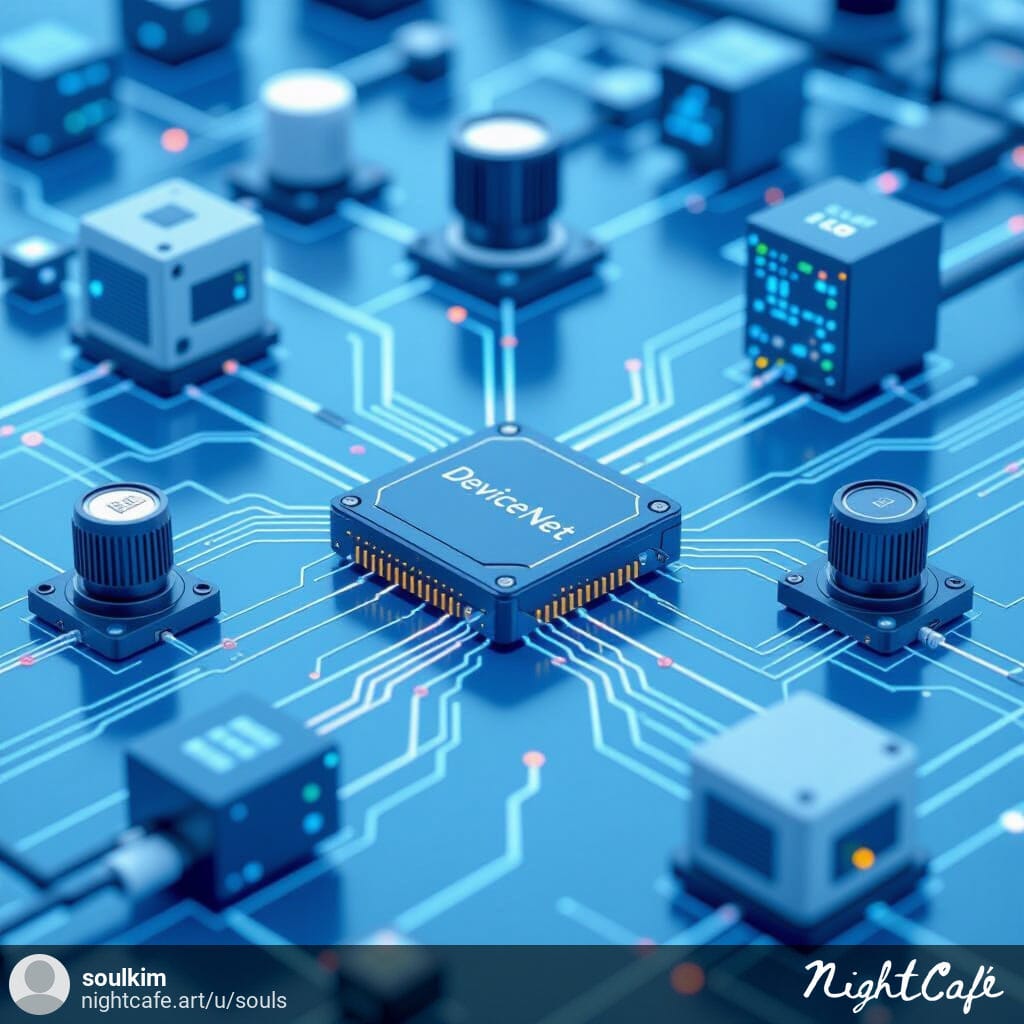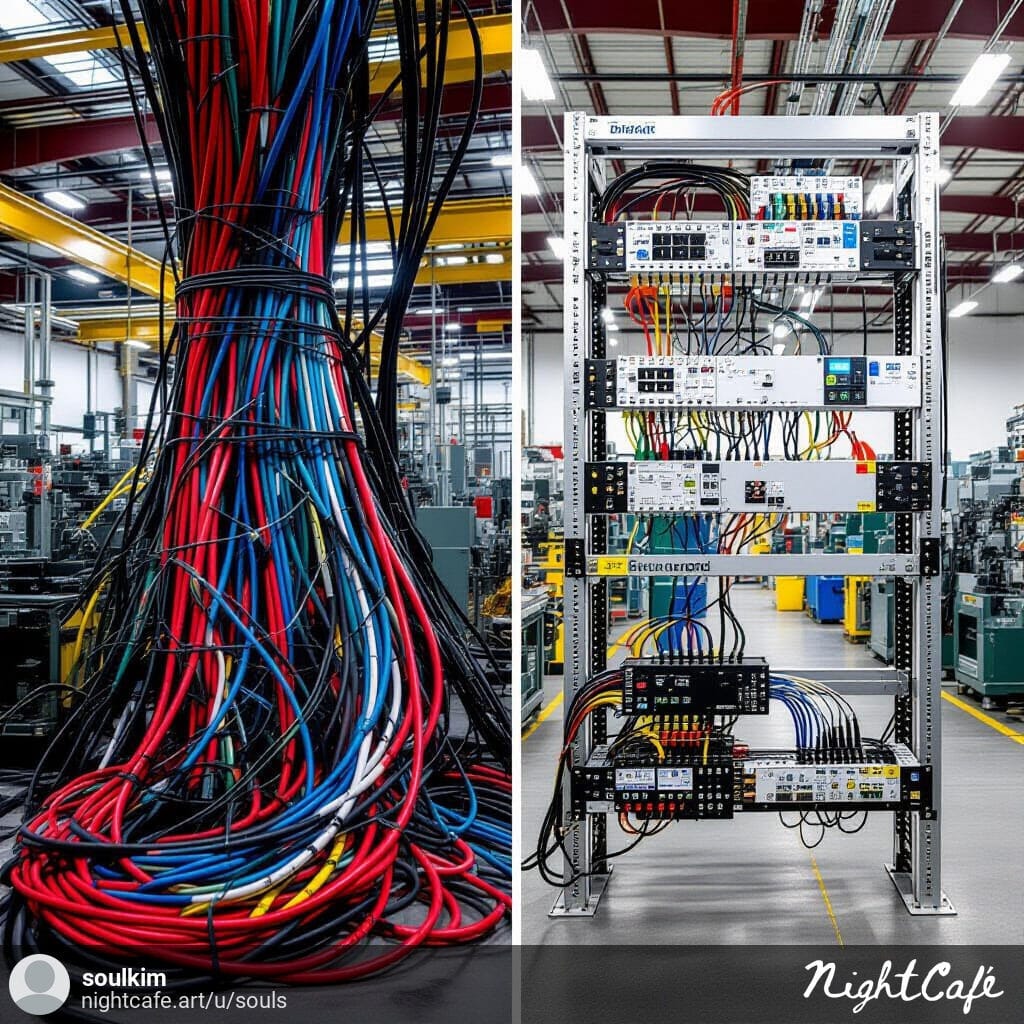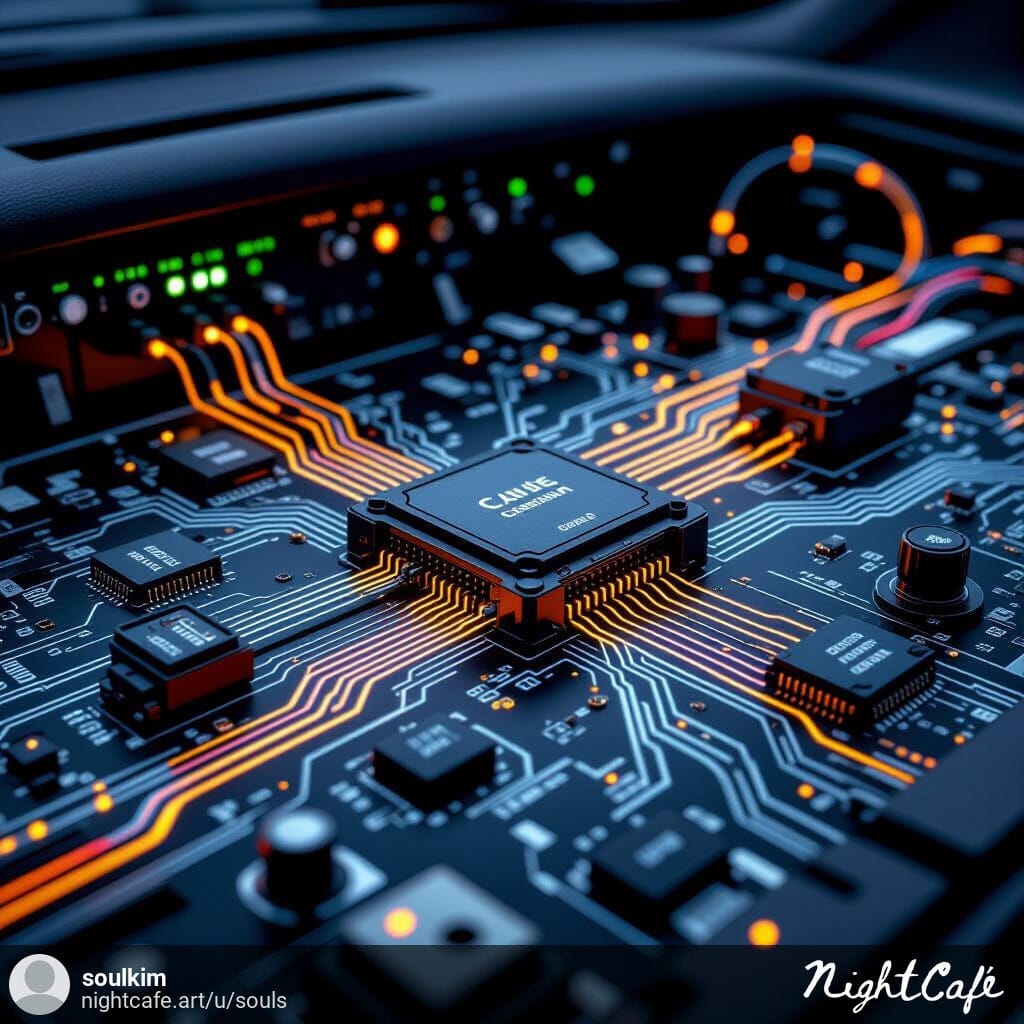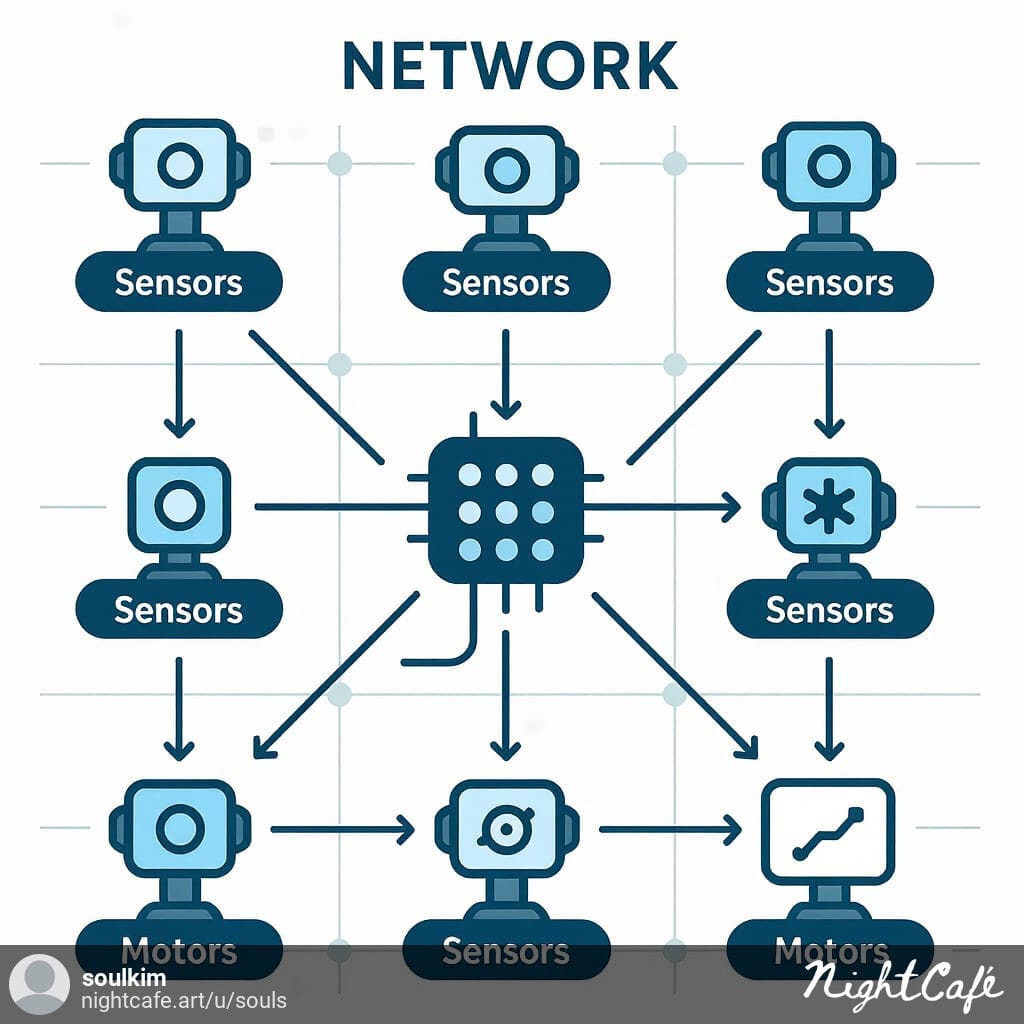What Is DeviceNet?
DeviceNet helps machines talk to each other.
Factories and automation systems use it a lot.
For example, a sensor tells a machine when a box is in place.
Then, DeviceNet sends this message quickly and clearly.
It connects many machines using just one network. This reduces wiring and clutter.
Why Use DeviceNet?
DeviceNet offers many benefits.
First, it cuts down on cables.
Also, many machines share one connection.
Plus, it works well in noisy environments.
Because of this, installers save time and money.
As a result, many factories trust DeviceNet.
How Does DeviceNet Work?
DeviceNet runs on CAN, a network system used in cars.
Cars use CAN to let parts like brakes and engines communicate.
In DeviceNet, one master device controls many slave devices.
Each device has a unique ID to keep messages organized.
The master sends commands, and the slaves reply.
This system keeps communication clear and fast.
You can connect up to 64 devices on one network.
Also, one cable carries both power and data, which makes wiring simple.
Where Is DeviceNet Used?
DeviceNet works in many industries.
Factories use it to control robots and conveyors.
Buildings use it for lighting and alarms.
Packing and assembly lines use it too.
Because DeviceNet is simple and reliable, it fits well where very high speed is not required.
Is DeviceNet Still Used Today?
DeviceNet remains popular.
Although newer systems like Ethernet/IP exist, many industries still use DeviceNet.
They choose it because it is easy to use and reliable.
DeviceNet does not need a fast internet connection.
Many older factories run DeviceNet every day.
So, beginners learning industrial automation should start with DeviceNet.
Conclusion
DeviceNet helps machines communicate simply and reliably.
It lowers wiring complexity and supports many devices.
It works well even in tough conditions.
DeviceNet is easy to learn and suitable for beginners.
At the same time, it meets many professional needs.
Therefore, DeviceNet remains a practical choice for industrial communication.

Leave a Reply